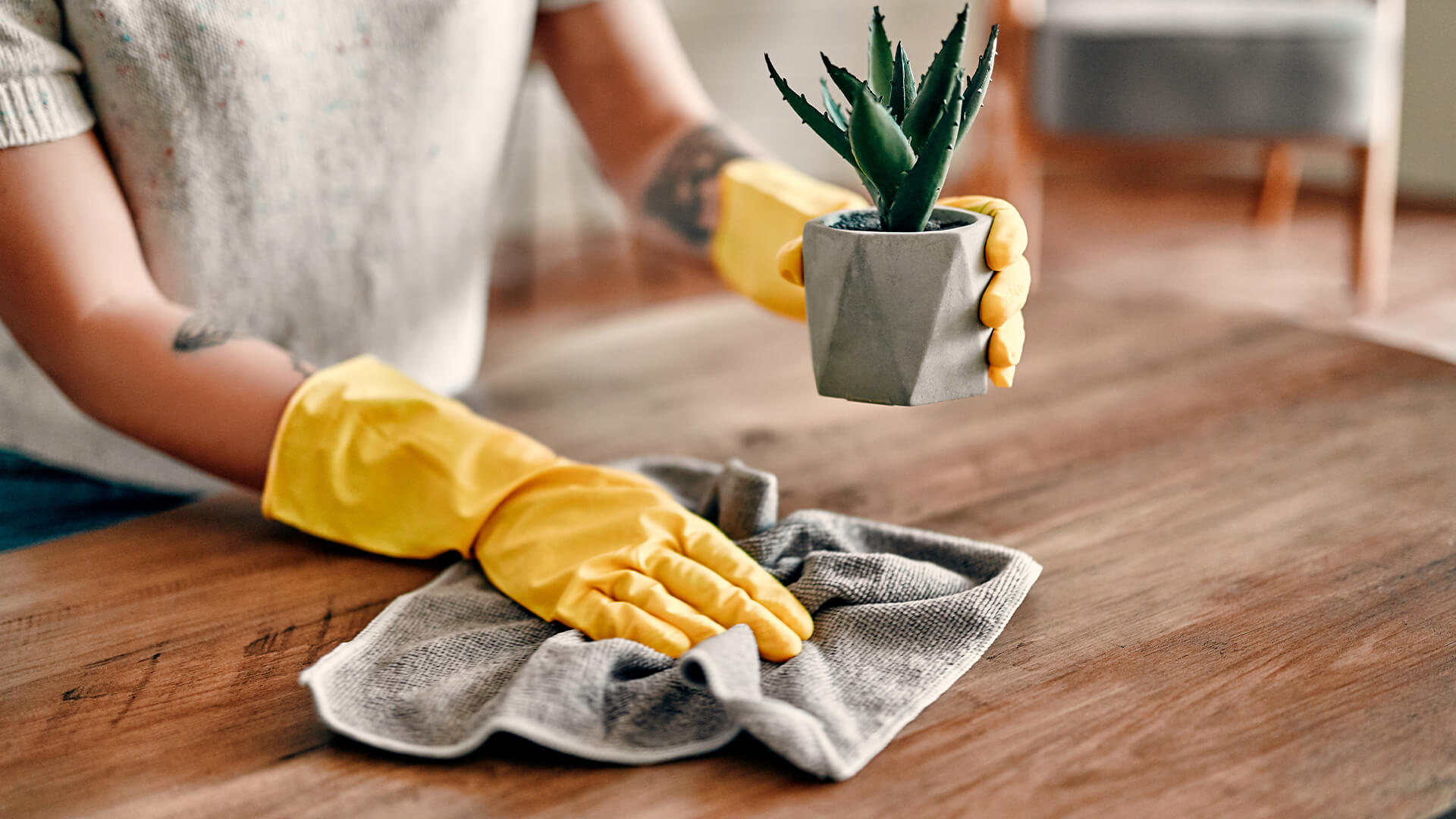All of us will have dust in our homes, whether it’s completely caked or simply a light sprinkling around edges. It’s something that you can’t prevent, not coming back and it’s just a part of life.
Dust is made up of a combination of fibres from furniture, human skin and other human by products, food particles and other tiny particles that float in the air.
However, what most people might not know is that the number of males to females in your household, the geographic area you live in and even whether you have a dog or a cat, can actually influence the dust in your home. And not only influence what is in your dust, in fact the amount of bacteria that is found in the dust in your home. In 2015, a study done by researchers at the University of Colorado at Boulder asked the question “What kind of dust exists in our homes?”
What’s in our dust?
Analysis of samples, taken from the top of door frames, a common spot the people miss when dusting, showed that there were more than 125,000 kinds of bacteria and 70,000 types of fungi in total in our dust. This was found in a survey of across 1,200 homes. The average household had more than 2000 different types of fungi.
Most of the fungi and bacteria found in our homes is completely harmless but what isn’t known is whether any of it is beneficial and whether anything in our homes is actually dangerous to us.
Researchers said they found most microbes actually came from outside the homes rather than growing in the home itself. “Most of the fungi we are seeing in the home appears to be coming from outside the home,” said Dr Fierer. “They enter the home on our clothing, or through open windows or through doors. Therefore the best predictor of what types of fungi are in your home is where your home is located.”
Difference between male and female homes.
Researchers found that certain bacteria and fungi vary massively between homes that had more women and homes that were male only. This finding could hypothetically used functionally in forensic investigation, such as determining the occupants of a home previously in years gone by or now in disappearances etc.
Specific bacteria, such as skin ones like Corynebacterium and Dermabacter , which and Roseburia which is a microbe related to faeces, were relatively more abundant in homes with fewer women.
The researchers said that “This pattern is probably driven by differences between the skin biology (and perhaps to body size and hygiene practices) of men and women. In particular, it has been shown that men shed more bacteria into their surrounding environment than women, and also that Corynebacterium is relatively more abundant on men’s skin than on women’s skin.”
As well as differences in the houses that are more male dominated, female dominated, you can also see a difference in homes where there are pets. For example, homes with cats have 20 different types of bacteria and homes of dogs, 56 different types of bacteria were found, compared to ones found in homes where there were no cats or dogs. Using this survey can determine whether you’ve got a healthy home, whether you have good hygiene practises and most importantly, whether you’re clean enough.
Keeping your home dust free.
Cleaning your home regularly is very, very important. There are specific things you could do to keep your home dust free and more importantly, healthy. A perfectly dust free home is impossible, but having good ventilation is very important. This means that no air is stagnant and carrying around microbes, especially in bathrooms. It’s good idea to have either a ventilation system or have a window open, especially during the day, just to keep air flow through in places where practises are less hygienic.
When it does come to dusting, make sure you go over every awkward surface using a microfiber cloth, a specific duster, or a slightly damp cloth, as this helps to pick up the dust rather than just moving it around while dusting. Keep a window open and make sure to regularly flap the duster out the window.
You can also regularly vacuum your home to make sure that any dust sitting on the floor is actually removed from the house rather than just sitting there for years.
When removing excess dust from home, it is also important to make sure that you’re regularly washing items such as pillowcases, duvet covers, or anything where human skin comes into contact with regularly. This is important both for personal hygiene and for keeping your home clean and fresh. Items like pillowcases easily inhabit human skin as we rub our faces into them for about 50% of our lives. Washing items like bed sheets, curtains, anything that doesn’t get regularly washed, should also be a priority. Getting your carpets professionally cleaned can help and using a carpet cleaner product or air mover can also help if you’re specially for doing a deep spring clean.
Written by Stuart Kerr, MD at Restorations UK, fire and flood restoration specialists restoring commercial and residential buildings across the UK.

















